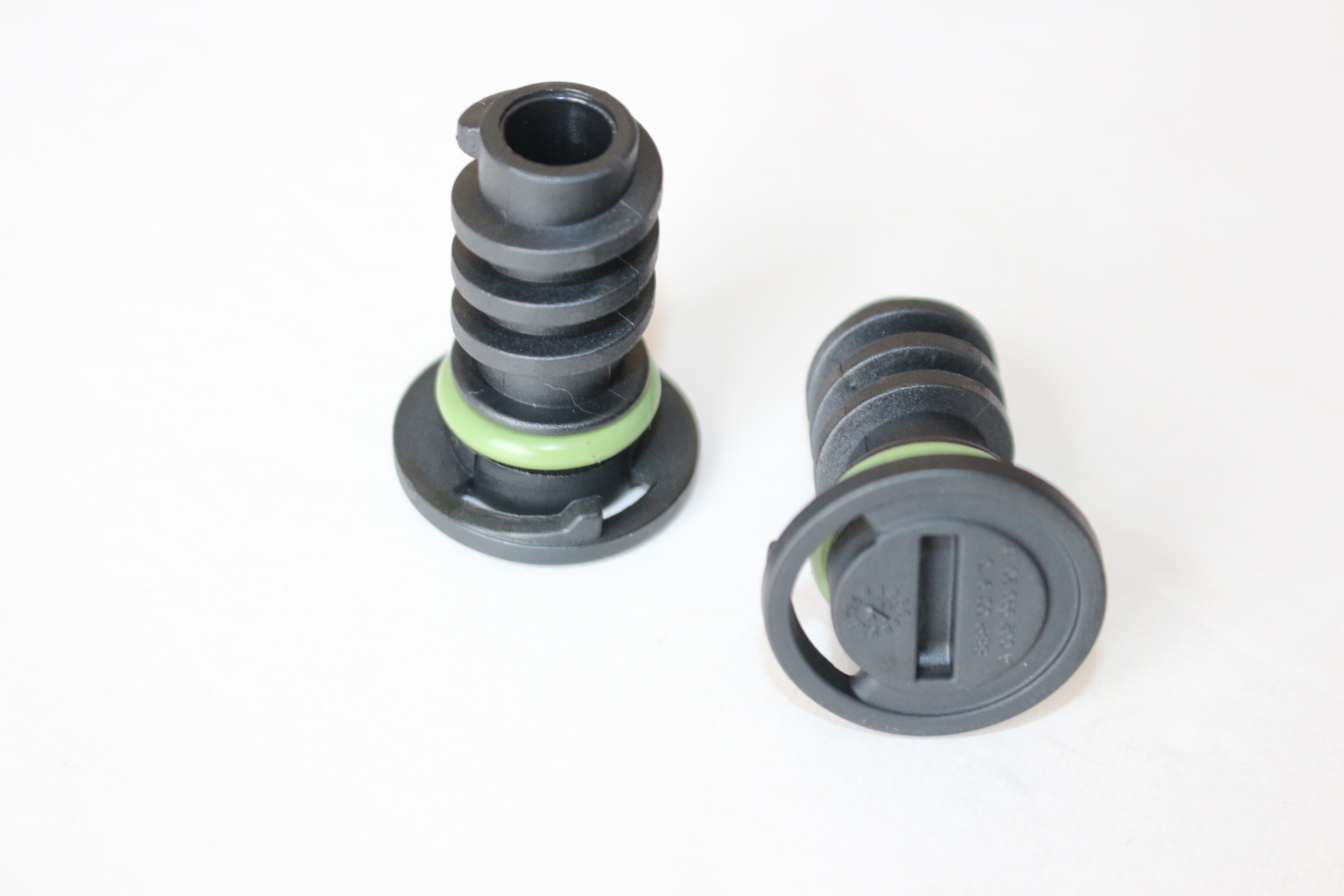Different Categories and Applications of Oil Seals in Various Industries
Understanding Different Types of Oil Seals
Oil seals are essential components in various mechanical systems, playing a critical role in fluid containment and the protection of internal parts from dirt and moisture. These seals are designed to prevent the leakage of lubricants and fluids while also keeping harmful contaminants out. In this article, we will explore the different types of oil seals, their construction, applications, and benefits.
What is an Oil Seal?
An oil seal, also known as a dirt seal or grease seal, is a device that is installed in machinery to prevent the escape of lubricants from the bearing and to prevent dirt, dust, and other contaminants from entering the bearing or other fluid-containing areas. Oil seals are commonly made from elastomers, polymers, or metal, and they come in various shapes and sizes to accommodate different applications.
Types of Oil Seals
1. Single Lip Oil Seals Single lip oil seals are the most common type used in various applications. They feature a single sealing lip that makes contact with the shaft. The sealing lip is typically made from rubber or elastomeric materials and can be spring-loaded to ensure a tight seal. These seals are often used in rotating machinery, such as engines and gearboxes, where they prevent oil leakage.
2. Double Lip Oil Seals Double lip oil seals have two sealing lips, providing an extra layer of protection against contaminants and fluid leakage. The outer lip keeps dirt and moisture out, while the inner lip retains the lubricant. This design is particularly beneficial in harsh environments where additional sealing is required, making them suitable for automotive applications and heavy machinery.
3. Mechanical Seals Mechanical seals are often used in pumps and rotating equipment where high pressure or extreme conditions are present. Unlike traditional oil seals, mechanical seals consist of two flat surfaces that slide against each other with a controlled gap filled with a fluid film. This type of seal is highly effective in preventing leaks in demanding applications, such as petrochemical plants and water treatment facilities.
types of oil seals

4. Lip Seals Lip seals are characterized by their flexible lip that creates a dynamic seal against the shaft surface. They can be single or double-lipped and are commonly made from materials such as nitrile, fluoroelastomer, or silicone. Lip seals are ideal for applications involving moderate pressure and may be found in automotive engines and transmission systems.
5. V-Ring Seals V-ring seals offer a unique design, where a flexible rubber body forms a V-shaped profile. This design allows the seal to maintain contact with the shaft and provides excellent dirt and moisture protection, making it suitable for applications in agricultural machinery and construction equipment.
6. Radial Lip Seals Radial lip seals feature a lip that is oriented radially against the shaft. These seals are designed to handle medium and high-speed applications and are available in many sizes. They are widely used in automotive and industrial machinery due to their reliability and durability.
Material Considerations
The material used in oil seals is crucial for their performance and longevity. Common materials include - Nitrile Rubber (NBR) A popular choice for oil seals due to its excellent resistance to petroleum-based oils and grease. - Fluoroelastomer (FKM) Known for its superior thermal and chemical resistance, making it suitable for extreme conditions. - Polyurethane Offers high wear resistance and is suitable for heavy-duty applications.
Conclusion
Understanding the various types of oil seals is essential for selecting the right seal for a specific application. The choice depends on factors such as the type of fluid being contained, the operating environment, and the speed and pressure conditions. By choosing the proper oil seal, manufacturers can ensure the reliability and efficiency of their machinery, reduce maintenance costs, and extend the lifespan of their equipment. Whether in automotive, industrial, or agricultural applications, oil seals remain a crucial component for optimal performance.
-
Understanding Polaris Front Differentials: Key Components for Off-Road Performance
News Jun.20,2025
-
Understanding Crankshaft Seals and Gaskets: Essential Components for Engine Longevity
News Jun.20,2025
-
Understanding Crankshaft Oil Seals: Vital Protection for Engine Performance
News Jun.20,2025
-
The Vital Role of Front and Rear Crankshaft Seals in Engine Protection
News Jun.20,2025
-
Rear Crankshaft Seals: Protecting Your Engine from the Back End
News Jun.20,2025
-
Crank Oil Seals: What They Do, How They Fail, and What They Cost
News Jun.20,2025
-
Understanding Oil Crush Washers: A Small Component with a Big Role in Vehicle Maintenance
News Jun.19,2025
Products categories















